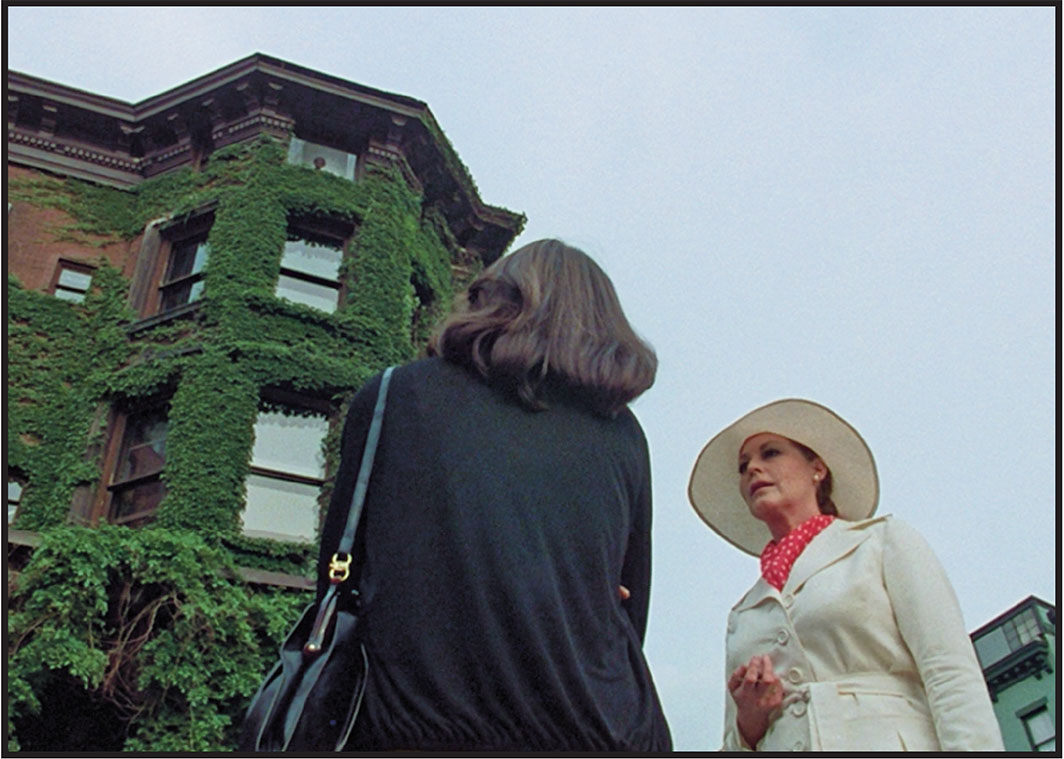
Sarah Resnick

AS NEW YORK WAS DECLARED the COVID-19 pandemic’s epicenter, the ghost of Dorothy Parker began turning up in my bedroom at daybreak. “What fresh hell can this be?” Parker whispered, an earworm I could not stop hearing. They say the cure for an earworm is to listen to the song in its entirety; in my case, I thumbed through the morning’s headlines like a drowsy automaton until a fuller, worsened picture of our city’s new netherworld emerged. 
In her essay “Something Has Brought Me Here,” Amina Cain, the author of two story collections and now the novel Indelicacy, speaks of her preoccupation with the affinities between landscape painting and literature. “Whenever I read a novel,” she begins, “narrative has been impressing itself more and more visually in my mind. Or maybe it’s that my mind has gone more and more toward these fictional visions. Even though I’m a writer, it’s not always language I’m drawn to.” In an interview with fellow writer Renee Gladman, Cain presents her fixation as a question: “Can a story be like a 
“I was diagnosed with breast cancer in 2014, at the age of forty-one,” the poet Anne Boyer writes early in her panoramic, book-length essay The Undying. Elemental and unadorned, the sentence does not leap out for quotation, and in the context of a review of some other essay, some other book, summary would be adequate (“At the age of forty-one, the poet Anne Boyer . . .”). But in a story about breast cancer, the voice of the speaker is consequential and Boyer makes this plain when, in consulting other women writers who suffered from the disease, she observes whether 
Some of the most vivid set pieces in Anna Burns’s darkly comic novel Milkman take place in the ladies’ room, those sites of respite and esprit de corps. In one of these scenes, the narrator finds herself in the bathroom of a popular club. Six women have surrounded her. The women are “paramilitary groupies,” sexual attachments to the nameless Northern Irish city’s “terrorist-renouncers,” and the eddy of local gossip has led them to mistake the narrator for one of their own; for being, like them, aroused by “the sound of breaking glass.” The encircling is an overture of friendship. They